15 Must-Know Conversion Rate Optimization (CRO) Statistics in 2025
Did you know that only 22% of companies are happy with their conversion rates?
In this article, we will review 15 powerful conversion rate optimization statistics that can help you see how other brands optimize their conversion rates.
TL;DR
- The average conversion rate across most industries is 2.35%. It is 2.1% on average in B2C and 1.8% in B2B industries.
- Most brands are not investing much into CRO, as companies spend about 1.08% of their budget on improving conversion rates.
- AI is becoming more prominent in conversion rate optimization, as 30% of brands stated that they are likely to use AI to improve their testing processes by 2025.
- There is a significant difference between average conversion rates on desktops (3%) and on mobile devices (1.6%).
- For e-commerce brands, setting up a semantic site search (43%) and personalized product recommendations increase the conversion rates (26%) the most.
- 46.9% of marketers run one or two tests a month, while 9.5% of CRO specialists run 20+ monthly tests.
- Brands that invest in CRO tools typically see a 223% return on investment on average.
We’ll go over each statistic and provide an analysis of what the numbers mean.
Conversion Rate Optimization Statistics You Need To Know in 2025
#1: The average conversion rate across most industries is 2.35%.
Research from Statistica shows that the average conversion rate across selected industries is 2.35%.
When comparing research from industry to industry:
- The average conversion rate in B2C is 2.1%.
- The average conversion rate in B2B is 1.8%.
In the graphic below, we can see that the bottom 25% of companies have a conversion rate of below 1%, and the top 7% of the companies have a conversion rate of above 4%.
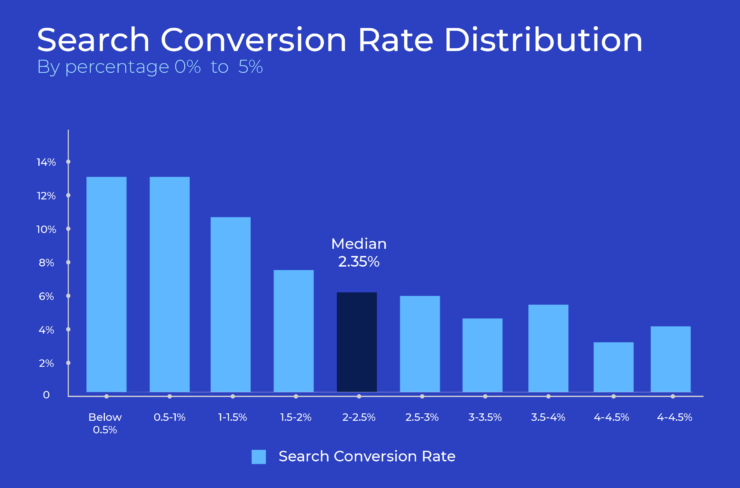
Image from Invespcro.
Throughout this article, we will decipher what the upper percentile of companies did to improve their conversion rates.
#2: 63% of customers will buy online from your brand if they have a positive in-store experience.
Based on research from Raydiant, 63% of shoppers noted that they would buy online if they had a positive in-store experience.
The same study found that for 63% of respondents, a positive in-store experience means they’re likely to spend more during that visit.
Our take: Brands should invest in conversion rate optimization tools that improve the user experience.
A positive in-store experience can mean:
- Having an easy-to-navigate website that loads quickly.
- Streamlining the product discovery experience so your customers do not spend too much time searching for what they need.
- Assisting your shoppers alongside their journey with a conversational experience or with product recommendations (more on that later).
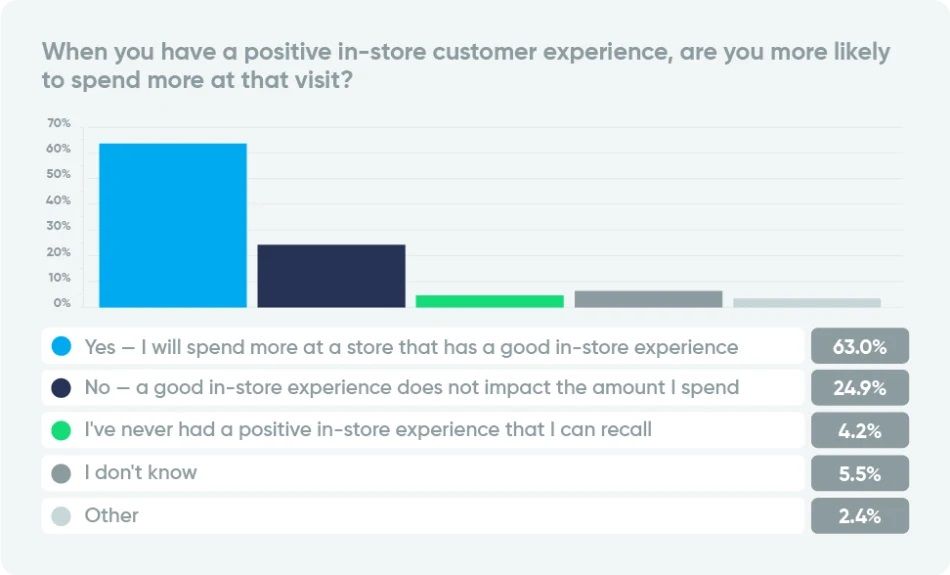
#3: Companies put $1 for every $92 spent on new customer acquisition to improve conversion rates.
Research from Econsultancy found that brands are investing only $1 for every $92 they otherwise spend on new customer acquisition to improve conversion rates.
In other words, brands are spending just about 1.08% of their budget on improving their conversion rates.
Our take: Instead of constantly trying to attract new customers and tapping into new markets, brands should prioritize the experience of their existing customers.
It will be more cost-effective in the long term if your brand can maximize the lifetime value of your customers and convert a higher percentage of the current visitors.
#4: 30% of companies are likely to use AI to improve their testing processes by 2025.
In recent research, 30% of brands stated that they are likely to use AI to improve their testing processes, compared to 5% in 2021.
This data does not cover only AI in e-commerce, but also covers medical and engineering sectors.
More and more industries are interested in utilizing AI’s capabilities to improve efficiencies and testing.
Additional research from McKinsey found that Generative AI can automate individual employee work and provide the global economy with an annual productivity boost of 0.5 to 3.4% from 2023 to 2040.
Our take: Brands should take advantage of the recent growth of Generative AI software and research how they can use it to improve conversion rates.
#5: Email marketing conversion rate increases by 10% when the emails are personalized.
If you send personalized emails, you can increase your email marketing conversion rate by up to 10%.
Our take: Personalization is not just knowing the customers’ names - it’s about having data about their product preferences and what they are interested in.
You can use email marketing tools like Klaviyo to personalize your emails above, just ‘’Hi (First-Name)’’.
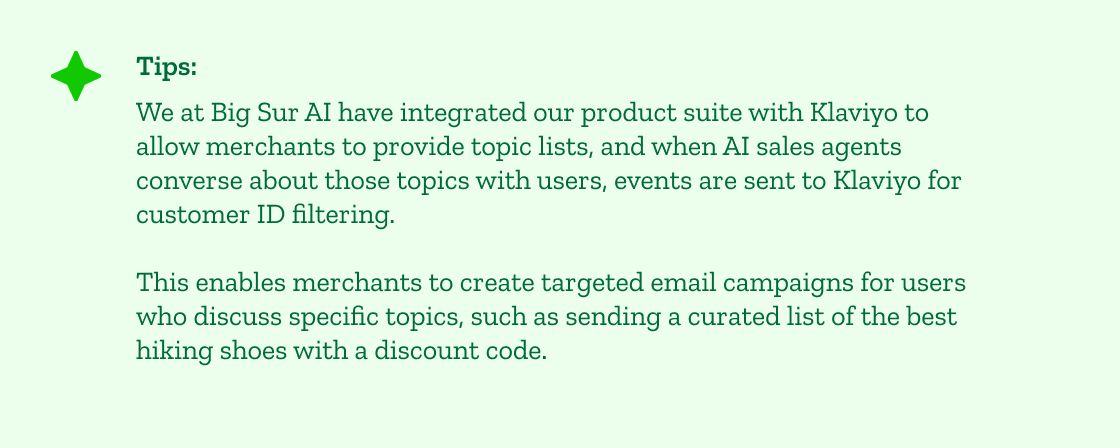
#6: 1/5th of companies cite the inability to understand online behavior as their 2nd greatest barrier to improving conversion rates.
When surveyed, 20% of respondents noted that their inability to understand online behavior at scale is the 2nd greatest barrier to improving conversion rates.
The main reported obstacle was ‘’legacy technology’’ as they cited that the rapid technology improvements are holding their website back from converting more visitors.
Our take: Brands should have analytics into customer behavior and how it affects conversion rates.
An example of a tool that gives you insights into online behavior is Big Sur AI (our tool).
Our software gives you access to the conversion rates of each question that shoppers have on your e-commerce store after they converse with our AI assistant.
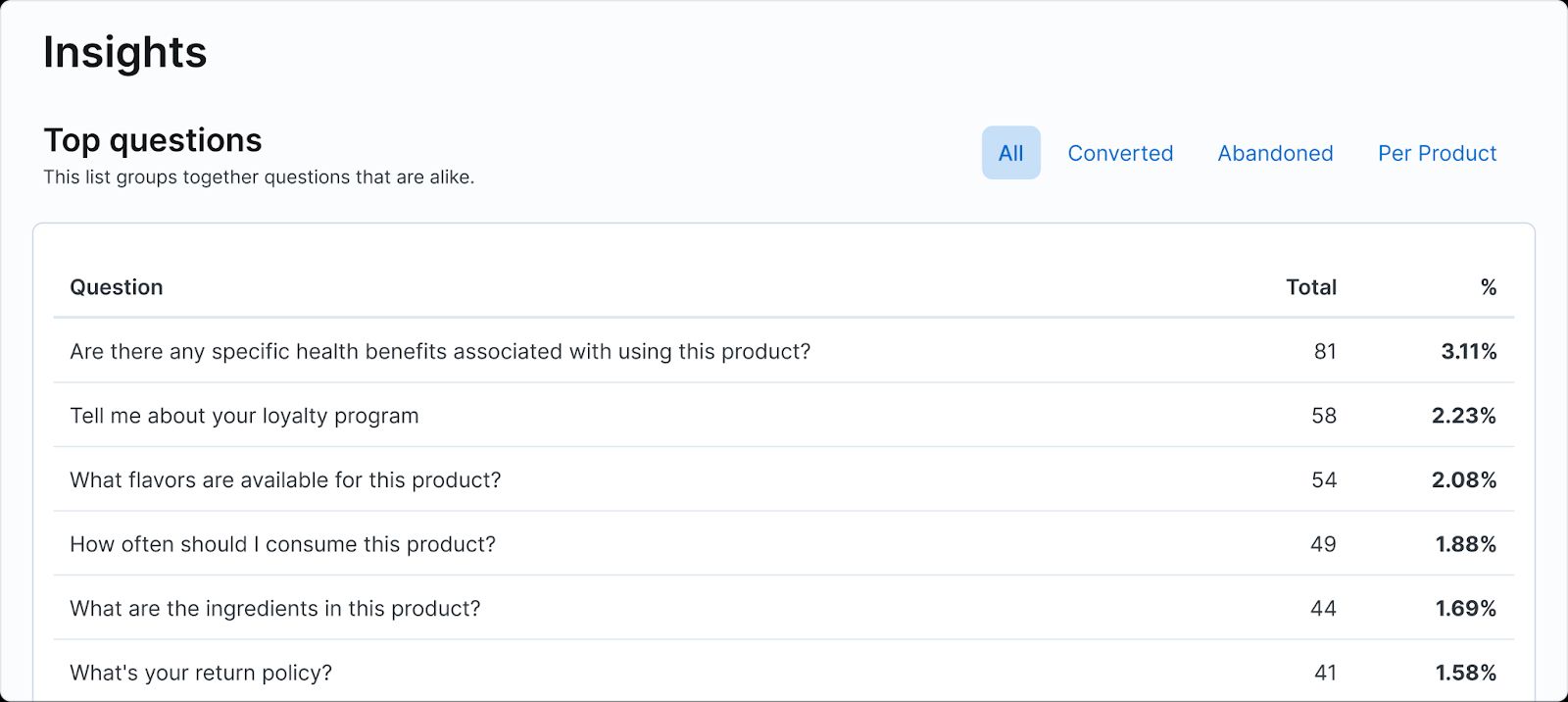
You will also get to see the bigger picture with the tool’s Conversion Funnel analytics.
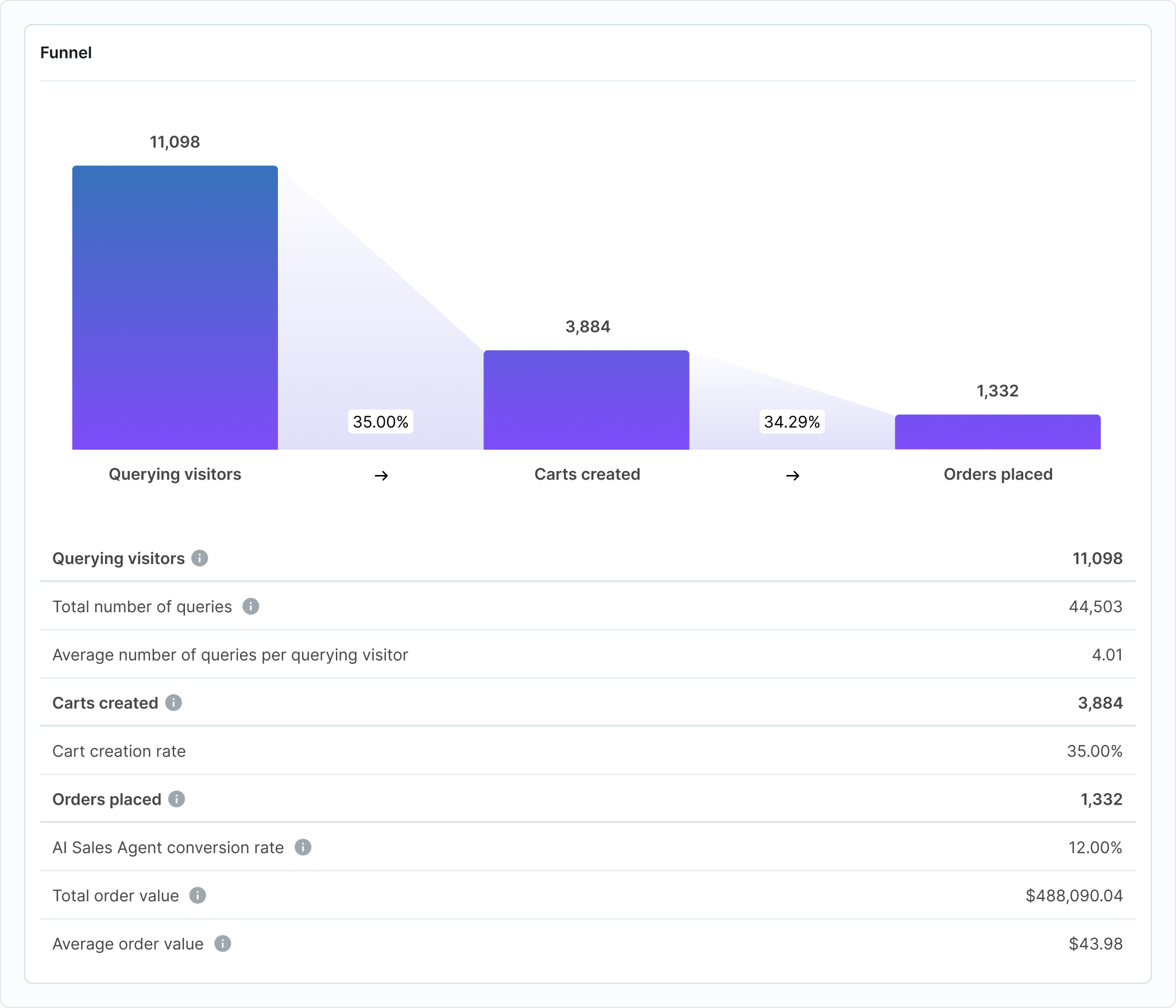
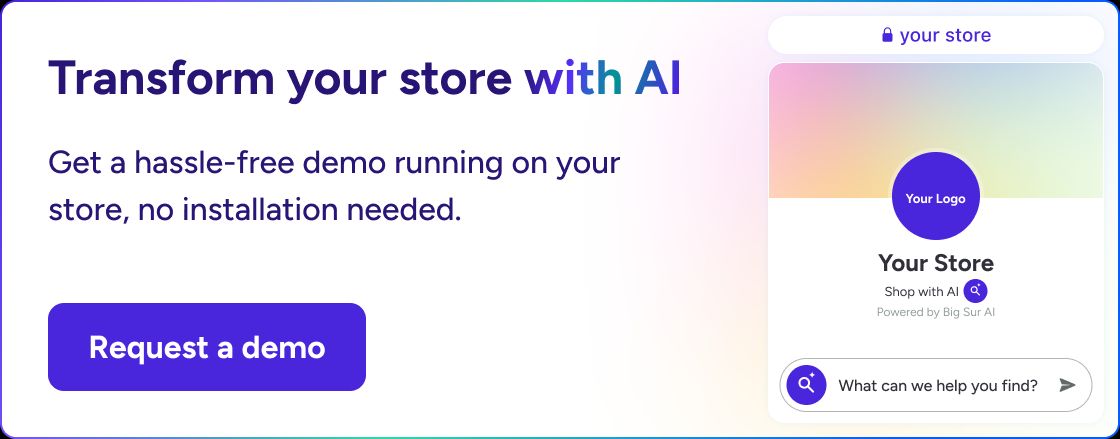
#7: In e-commerce, 3% of customers convert on desktop, while 1.6% of shoppers convert on mobile.
Research from Contentsquare found that desktop (3%) has a higher conversion rate in e-commerce than mobile (1.6%).
This is even though 58% of traffic came from mobile devices from the same research.
Our take: Due to Google’s mobile-first indexing policy for SEO and the fact that the majority of shoppers enter from mobile devices, merchants have been focusing on mobile UX for the past few years.
Merchants should look to optimize their online stores for desktop in terms of page speed, personalization, and UI.
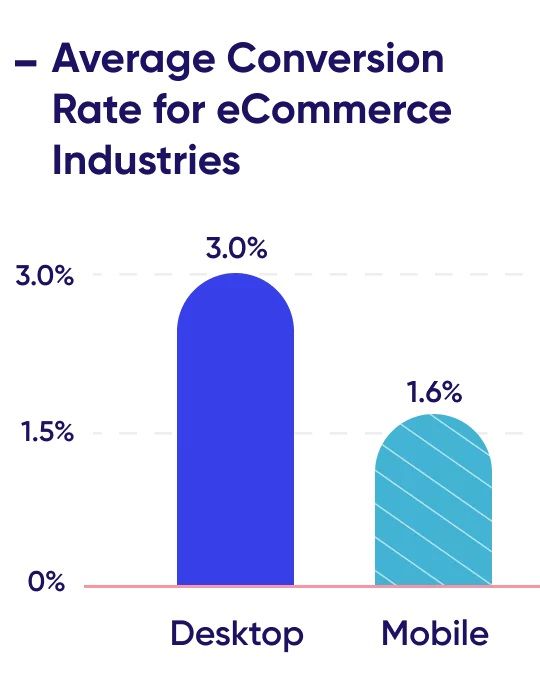
Research and image from Contentsquare.
#8: Web pages that load slowly can decrease conversion rates by up to 7%.
Optimizing your mobile page speed matters, as research from BigCommerce found that your conversion rate can tank up to 7% if your pages are loading slowly.
Our take: Customers have become accustomed to quickly loading pages. This is why your brand cannot afford to keep them waiting.
Your brand should aim to have your core landing pages and product pages loading below 2 seconds for optimal results.
#9: Companies that invest in CRO tools typically see a 223% ROI.
On average, businesses that use conversion rate optimization tools see a 223% return on investment.
Our take: Investing in converting more of your existing visitors and choosing the right CRO tools is important for the longevity of your brand.
This number is similar to the internal data of retailers who use our AI-powered shopping assistant.
💡Shoppers who interact with Big Sur AI tend to convert at four times the rate as the average store user.

#10: 39.6% of companies have a formally documented strategy on how to improve conversion rates.
Research shows that 39.6% of companies have a formally documented CRO strategy.
The same research found that 39.3% of companies follow a process, but they have yet to structure and document it.
Only 21.1% of marketers reported not following any CRO process at all.
Our take: Companies should experiment with different approaches to optimizing conversion rates, such as trying different CTAs, copy, and creatives.
Then, document all of these learnings to keep track of what improved what and be able to be data-driven in the long term.
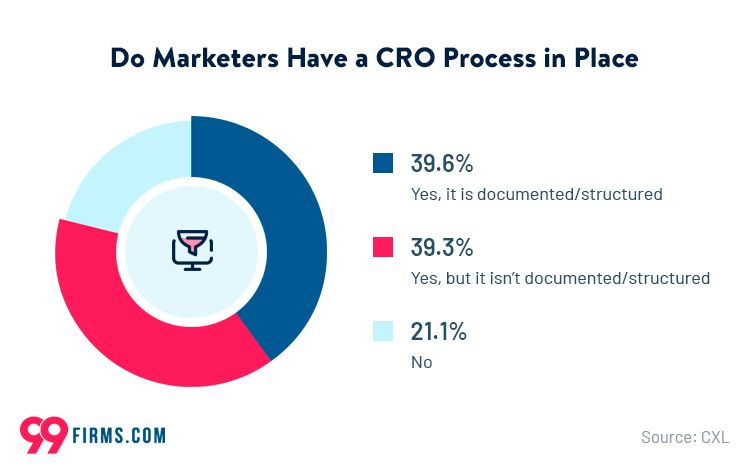
Image and data from 99 firms.
#11: A/B testing is the second most popular method for conversion rate optimization.
According to research from Adobe, A/B testing is the second most popular tool for conversion rate optimization. This is second to analytics.
Our take: Brands should A/B test different elements of your product and category pages to see which ones would have an impact on conversion rates.
You can split-test creatives, CTAs, copy, audiences, and landing pages across all marketing channels.
#12: 30% of the best landing pages use videos.
Research from Hubspot found that about 30% of the best-performing landing pages use videos.
The same research conducted that adding relevant video content can increase conversions by as much as 86%.
Our take: Adding relevant video content on your landing pages can capture and retain your prospects’ attention and potentially even convert them.
#13: Companies that optimize their site search experience see an increase in conversion rates of up to 43%.
Case studies from CXL show that optimizing your site search can increase the conversion rates by up to 43%.
Site search statistics show that site searches account for up to 14% of all revenue of e-commerce websites.
Additionally, Google research found that 39% of consumers are influenced by a relevant search result.
Our take: If your users find what they are looking for, tailored to their needs, they are more likely to become customers.
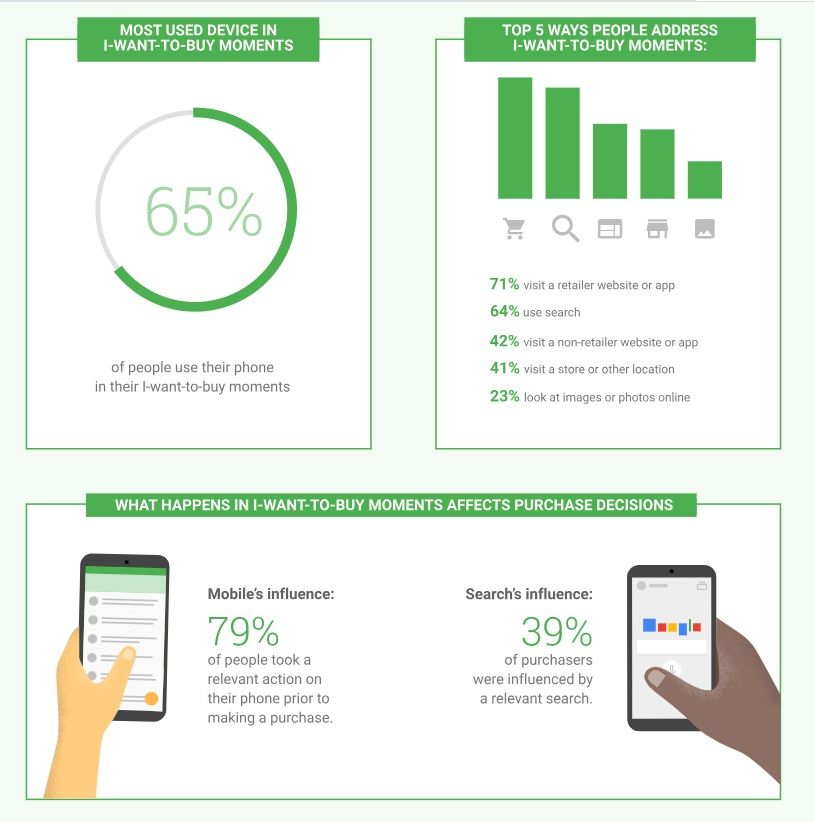
Image and research from Google.
#14: 46.9% of CRO specialists run one or two tests a month, while 9.5% run 20+ tests per month.
Research found that 46.9% of optimizers run one or two CRO tests monthly, while only 9.5% of companies run 20+ monthly tests.
The same research found that running client-side tests is the most popular (55%), while 17% are server-side tests.
Our take: Given that you have the resources and the ability to create a controlled environment for testing, your brand should be testing as much as possible.
The more you test different variables, the more available data you will have on what works and what does not.

Research and image from CXL.
#15: For online stores, personalized product recommendations have been shown to increase conversion rates by up to 26% on average.
Research from Adamapp shows that personalized product recommendations increase conversion rates by around 26%.
The same research found that product recommendations can increase average order values (AOVs) by 11% as well.
Our take: AI can analyze what products are frequently bought together, and the technology can cross-sell or up-sell products to consumers, increasing basket sizes.
Here’s an example from Big Sur’s AI-powered product recommendations that take into consideration the shopper’s purchasing behavior, pages browsed, and product preferences.
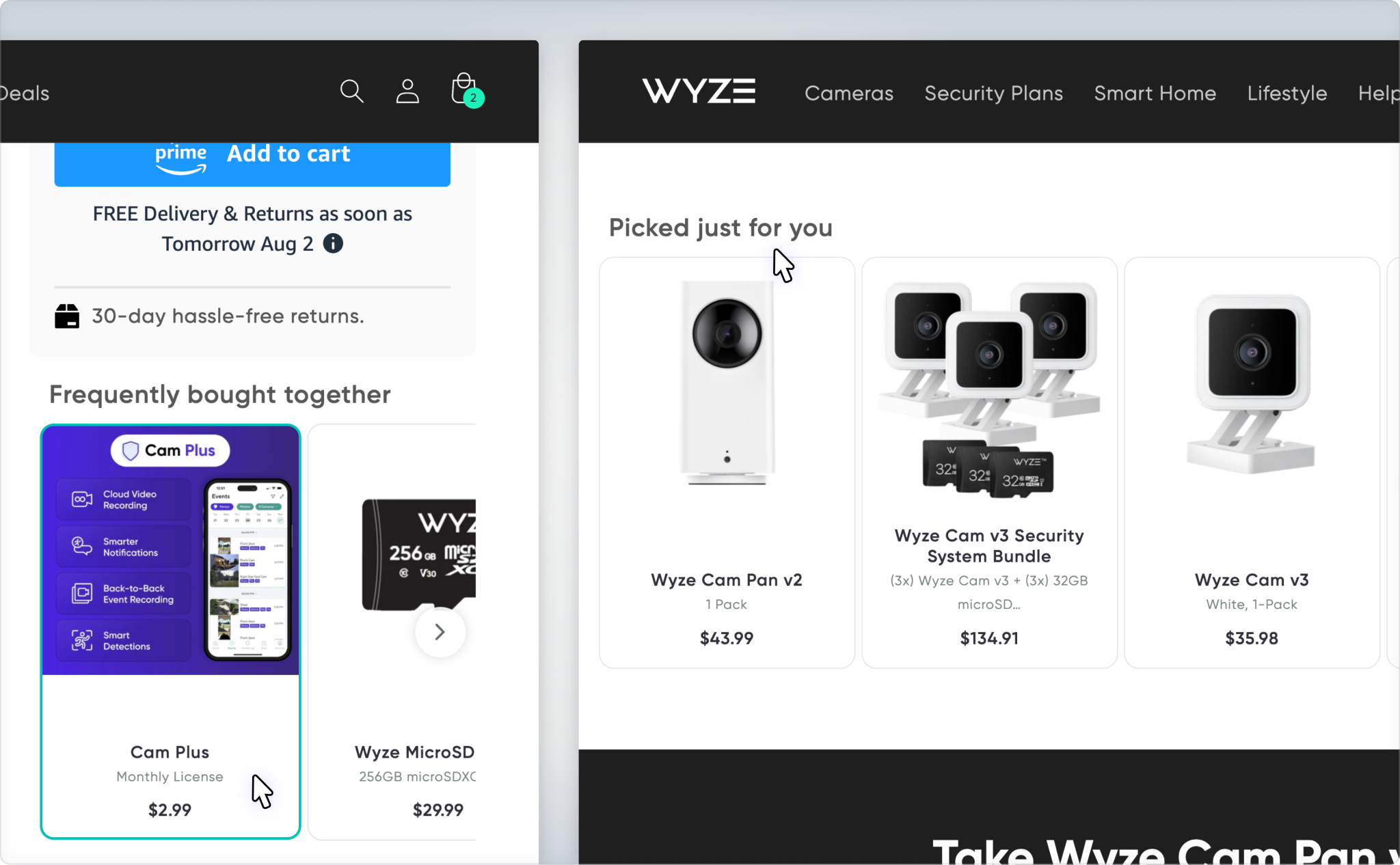
What Are The Best Conversion Rate Optimization Tools For E-Commerce?
Now that you have an idea of what other companies are doing to increase their conversion rates on their online stores, you can read our guide on the best CRO tools for e-commerce stores in 2024.
Increase Your Conversion Rates With Big Sur AI
Big Sur AI is an AI-powered shopping assistant built for e-commerce that increases conversion rates by helping customers find the best product for their needs.
The tool achieves that by bringing a human-like conversational experience to your store, coupled with conversion-optimized AI prompts and personalized product recommendations.
Here’s the AI Sales Agent in action ⤵️:
The shopping assistant is up 24/7 and can understand user intent to recommend the right product for your customers’ needs and personal attributes, such as height:

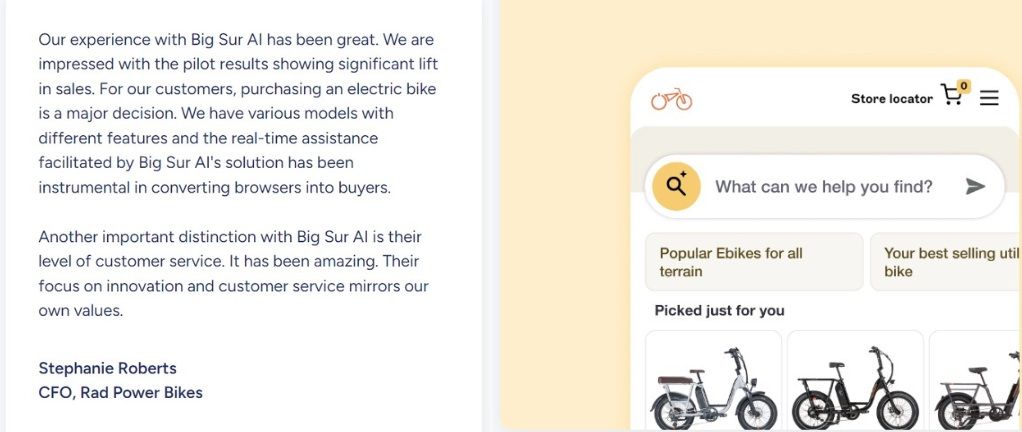
The software also prompts customers to start conversations, leading to more purchases and increased basket sizes.
Big Sur’s conversion-optimized AI prompts analyze how consumers engage with your store, predict which questions they will likely ask, and suggest them throughout their product discovery experience.
Here’s an example from Wyze ⤵️

You also gain insights into what products are frequently bought together, which can help you improve your store’s shopping experience.
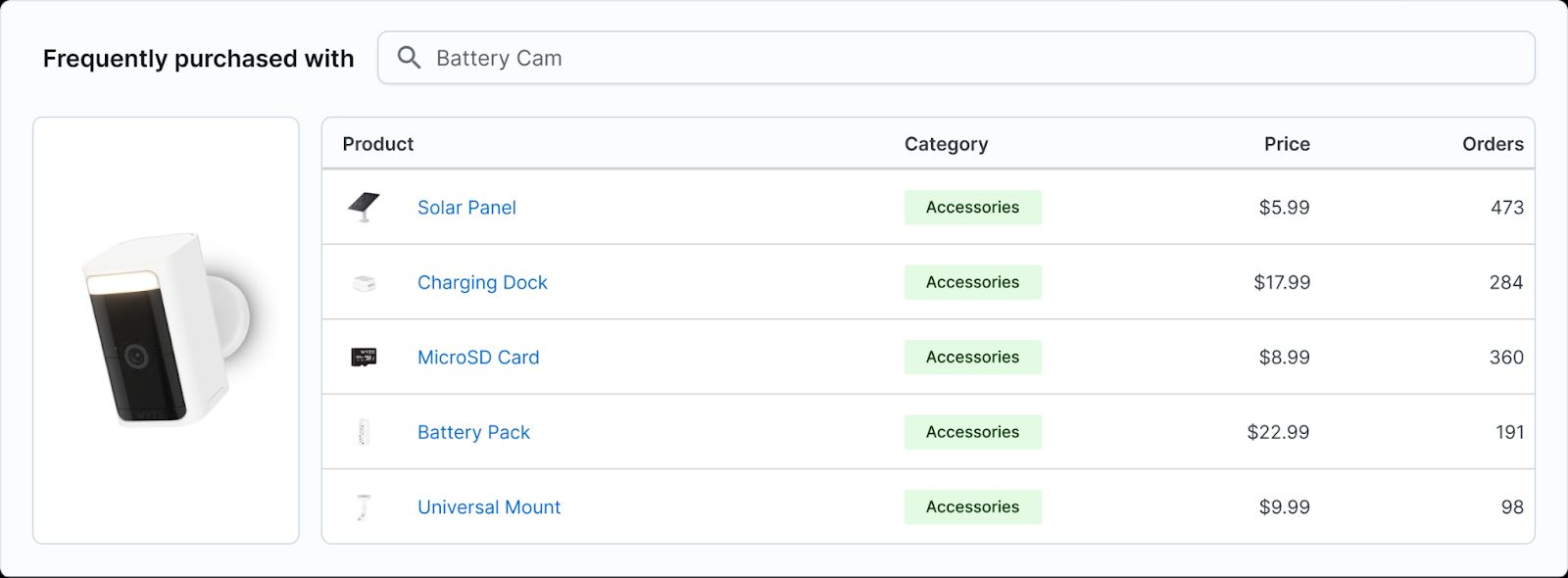
Increase your conversion rates on your e-commerce store with a conversational experience.
Our AI-powered Sales Agent can guide shoppers' shopping journey with personalized recommendations and conversion-optimized prompts.
Be data-driven about what products are frequently bought together and what pre-purchase questions customers have on your website.


